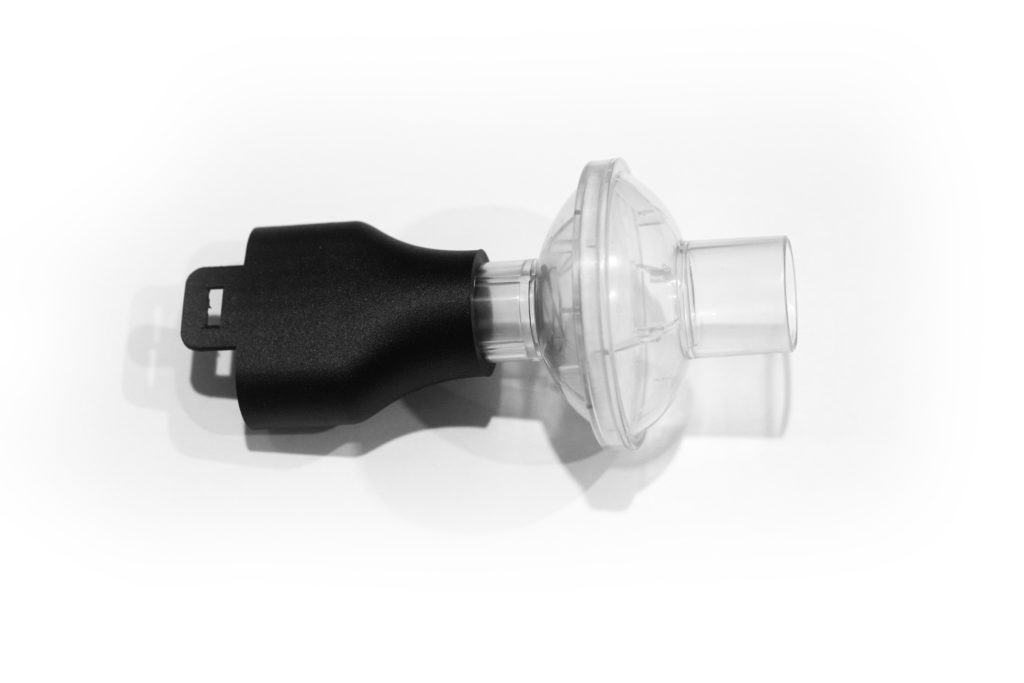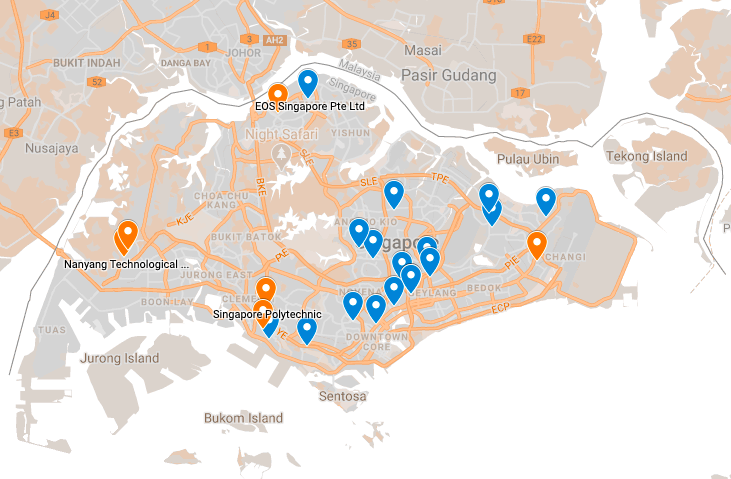Companies, organizations and individuals continue to attempt to lend support to the COVID-19 pandemic supply effort. We will be providing regular updates about these initiatives where necessary in an attempt to ensure that the 3D printing community is aware of what is being done, what can be done and what shouldn’t be done to provide coronavirus aid.
All 3D-printed nasal test swab efforts are now taking place under a single umbrella: an industry consortium called PrintedSwabs.org. The organization includes Formlabs, EnvisionTEC, Carbon, Optin Industries, Origin and numerous medical research organizations. By consolidating their efforts, these companies can coordinate with those hospitals and medical facilities that make the most logistical sense. All manufacturers within the consortium have ISO13485 facilities and produce FDA registered swab designs and can print 4 million swabs weekly.
As an example of the efforts by the industry group, Bay Area startup Origin is working with Beth Israel Deaconess Medical Center (BIDMC) affiliated with Harvard Medical School. Its nasal swabs were designed with nTopology’s software to quickly iterate the proper lattice structure. The design was tested by the U.S. Army, as well as university and medical labs. Origin suggests that one of its printers is capable of producing 1,500 swabs in a single print job in less than eight hours.
Like many other 3D printing firms, Origin is also making face shields, but it is also involved in the Pneumask project, which has designed a method for converting a full-face snorkel mask into a N95-style face mask. Designed by a team of researchers from Stanford Engineering, University of Utah, UCSF and more, the Pneumask consists of an off-the-shelf snorkeling mask, a 3D printed adapter, and a filter/filter cartridge.
The snorkeling mask itself provides a full-face shield and air seal while also allowing for controlled breathing through the mask. The filter is of the type used in anesthesia procedures and attached to the snorkel port using a 3D printed adapter, made custom depending on the snorkel brand and model.
So far, the mask has gone through an array of tests necessary for qualifying the device for emergency FDA approval. Clinical usability and disinfection protocol testing is currently underway as the team preps the Pneumask for submission to the FDA.
Singapore’s National Additive Manufacturing Innovation Cluster (NAMIC), launched a website dedicated to bringing together members of the 3D printing community to support COVID-19 supply efforts. The site includes a list of resources to allow medical institutions, hospitals and equipment suppliers to connect with 3D printing service bureaus, certification groups and other institutions within the country to design and print parts for medical equipment. The site already lists a number of these parties and will update with guidelines from the Health Sciences Authority of Singapore.

The founders of Siege Advanced Manufacturing and their face shields. Images courtesy of Siege Advanced Manufacturing.
Among those within the NAMIC network is a 3D printing startup called Siege Advanced Manufacturing, which has converted a majority of its printing capacity to producing face shields. With over 50 systems, desktop and otherwise, the company claims to have the largest 3D printing capacity in Singapore and is using it make shields for several hospitals in Singapore and abroad.
In the U.S., face shields continue to be made by 3D printing volunteers, such as Ioan Florea, the designer made famous for the wild 3D printed Gran Torino sculpture that debuted in 2014. Florea is using his more than 10 large-scale FDM 3D printer to produce hundreds of face shields. He has delivered several hundred to hospitals in Chicago and has more requests coming in from New York.
In Poland, selective laser sintering (SLS) manufacturer Sinterit has used its LISA PRO SLS systems to produce 4,000 face shield adapters. Sinterit’s design is unique in that it consists of 3D-printed adapters that are fixed to off-the-shelf safety glasses. A hole punch can convert any large piece of plastic film into a face shield.
As the pandemic continues to grip the world, we will continue to provide regular updates about what the 3D printing community is doing in response. As always, it is important to keep safety in mind, remain critical about the potential marketing and financial interests behind seemingly good humanitarian efforts from businesses, and to do no harm.
Subscribe to Our Email Newsletter
Stay up-to-date on all the latest news from the 3D printing industry and receive information and offers from third party vendors.
You May Also Like
Precision at the Microscale: UK Researchers Advance Medical Devices with BMF’s 3D Printing Tech
University of Nottingham researchers are using Boston Micro Fabrication‘s (BMF) 3D printing technology to develop medical devices that improve compatibility with human tissue. Funded by a UK grant, this project...
3D Printing Webinar and Event Roundup: April 21, 2024
It’s another busy week of webinars and events, starting with Hannover Messe in Germany and continuing with Metalcasting Congress, Chinaplas, TechBlick’s Innovation Festival, and more. Stratasys continues its advanced training...
3D Printing Webinar and Event Roundup: March 17, 2024
It’s another busy week of webinars and events, including SALMED 2024 and AM Forum in Berlin. Stratasys continues its in-person training and is offering two webinars, ASTM is holding a...
3D Printed Micro Antenna is 15% Smaller and 6X Lighter
Horizon Microtechnologies has achieved success in creating a high-frequency D-Band horn antenna through micro 3D printing. However, this achievement did not rely solely on 3D printing; it involved a combination...



































